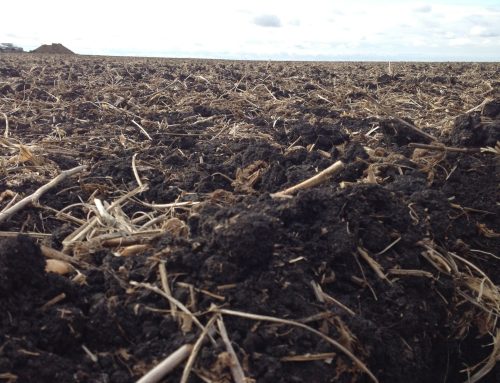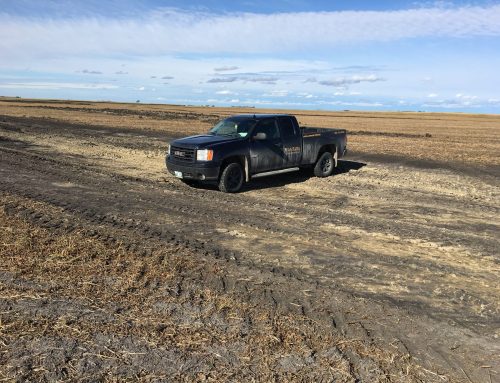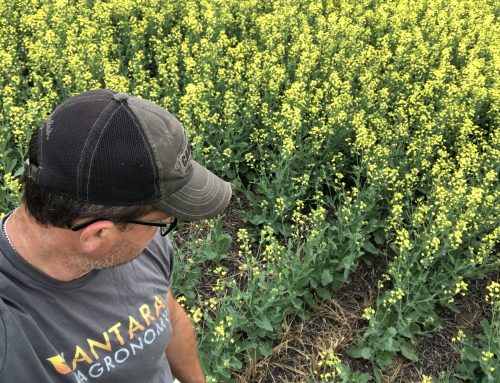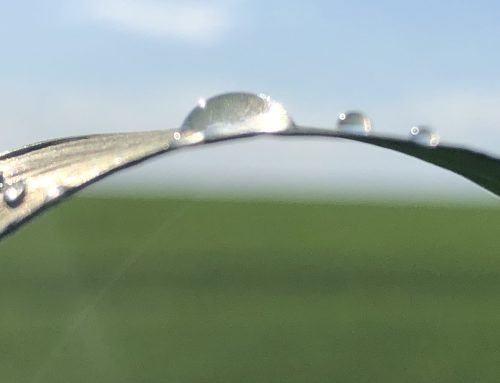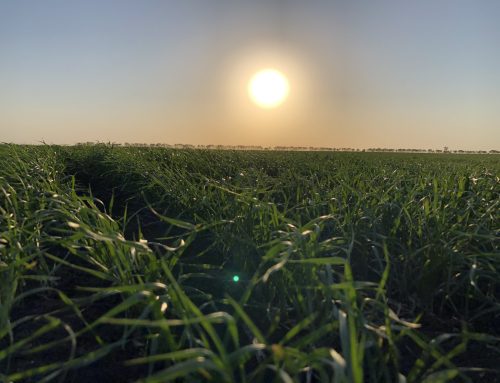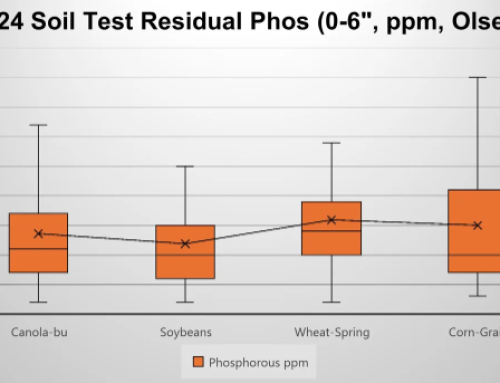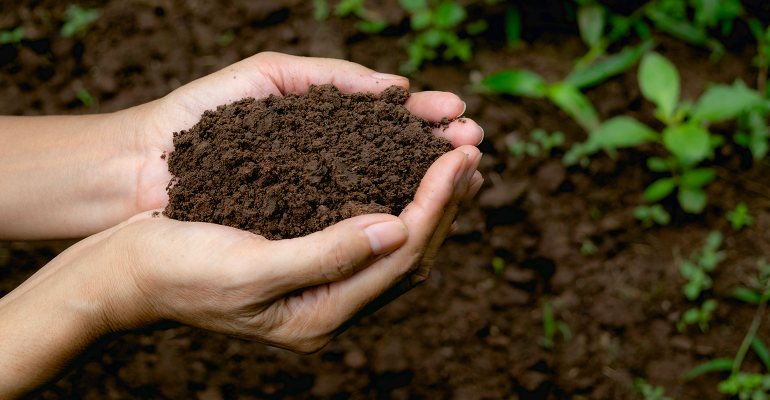
Carbon is Life
Carbon is recycled continuously through the natural ecosystem, remaining in the atmosphere, the water and the soil in various forms for different lengths of time. Soil carbon forms the basis of all plant life and is a food source for the microbial communities that convert nutrients for plants. When microbes have inadequate access to this food, they can no longer convert nutrients into plant available forms, which lowers plant health.
Plants build soil.
jon stika
Historically, the Canadian Prairies were covered by four dominant species of grasses and many forbs (broadleaf herbs). These perennial plants had deep, active roots and stored large amounts of carbon in the soil. The naturally longer growing season from April to late October further increased the return of organic matter to the soil and the cold winters prevented decomposition. Native levels of soil organic matter (SOM) were as high as 8% in our Black soil zones and up to 6 inches deep (Henry, 2014). With the use of tillage and summer fallow in cropping systems throughout the last two centuries, up to 2.5% of this SOM has been used up by crops or lost to the atmosphere. Many practices, such as reduced tillage, increased residue coverage and improved crop rotations, have been incorporated in the last fifty years that have lowered the loss of carbon, and farmers need to continue this trend to encourage healthy and resilient soils.
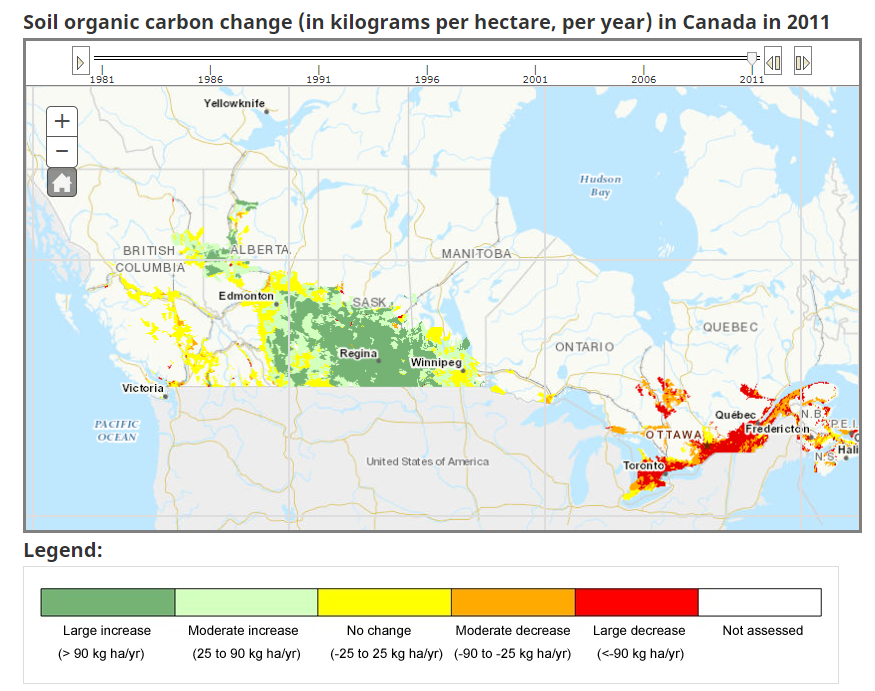
Organic matter is measured as the composition of nitrogen, oxygen and carbon in the soil.
Carbon exists as approximately 58% of organic matter.
Carbon is imperative for healthy crop production and can only be obtained from air, water and plant residues. Historic thoughts revolving around soil carbon storage focused on the simple input of carbon-rich plant residues into the system. Recent research from north-eastern USA has shown that cropping systems with high plant diversity result in increased carbon storage (Kravchenko et al., 2019). A diverse mixture of roots increase the development of soil pores and allow healthy microbial communities to grow and thrive in middle-sized pores (30-150 micrometers). The microbes produce glue-like compounds that stick to soil minerals and improve soil carbon sequestration. There is thought that breeding crops to encourage good soil porosity will increase the potential to build soil carbon faster.
Research continues to further the understanding about the role of carbon in crop production. Carbon sequestration is a modern reality in Canada, as we learn to mitigate further loss. Long-term is the goal for building soil carbon, building more resilient soils and increasing overall soil productivity. A soil with a healthy, diverse population of plants and microbes can alter the environment and the cycling of nutrients, building a resilient agricultural ecosystem.
Building Soil Carbon
Carbon sequestration is important. Having increased carbon levels in the soil encourages a high functioning ecosystem that can naturally provide more water and nutrients to growing crops. Ensuring that our soil has adequate levels of organic matter (oxygen, nitrogen and carbon) will help lower our dependency on synthetic fertilizers. Incorporating practices that encourage living roots, cover crops and overwinter residues on fields will develop soil aggregates, boost microbial communities and regenerate soil organic matter that has been lost.
Building soil carbon will take time and there will be struggles as farmers educate themselves and learn what practices work for their farm. Add residues to heavy clay soils that are wet and cold in spring can further delay seeding in our short growing season. Increasing high carbon residues can also change the C:N ratio of a soil thus tying up valuable soil nitrogen. This might mean increased fertilizer rates until the ecosystem stabilizes. Possibly lower yields and higher expenses don’t bode well with farmers. Neither does the fact that measurable results of increasing carbon might not be seen for 5-10 years.
Regardless of these shortfalls, the ultimate fact is that not doing anything or hesitating because of uncertainty will not build carbon. With time, energy and positive-thinking, farmers can continue the incorporation of new practices on their farms and work to encourage the natural development of soil carbon in their soils. Organic matter will improve soil aggregation, prevent soil erosion, and increase nutrient availability while lowering the amount of carbon dioxide in the atmosphere. Healthier, more resilient soils mean healthier, more profitable crops.
References
Henry, Les. 2014. Henry’s Handbook of soil and water. National Library of Canada. 218p.
Kravchenko et al. 2019. Microbail spatial footprint as a driver of soil carbon stabilization. https://www.nature.com/articles/s41467-019-11057-4



